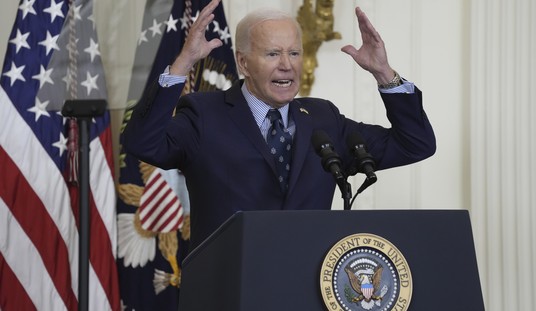Every now and then, a man, a mission, and a moment all come together. Such is now the case with Sen. Ted Cruz of Texas, who this week introduced, with several cosponsors, S.J.Res. 76, a constitutional amendment to hold the number of justices on the Supreme Court at nine.
It’s an axiom of conservatism that “If it is not necessary to change, then it is necessary not to change.” In other words, in more modern language, if it ain’t broke, don’t fix it. But what if it is broke? Or, worse still, what if you know that something working fine now is about to become broken? Doesn’t it make sense to take steps to prevent the imminent breakdown?
That’s what Cruz’s effort seeks to address. The Court is working fine now, but Cruz – and anyone else paying attention – know it’s about to be broken if Joe Biden wins the presidency and Democrats recapture control of the Senate.
For more than 150 years, the number of justices on the Supreme Court has been set, by law, at nine – “the Chief Justice of the United States and eight associate justices,” in the words of the Judiciary Act of 1969. Through Reconstruction, two world wars, the Great Depression, the New Deal, the Cold War, the Great Society, the Reagan Revolution, 9/11 and its aftermath, the Great Recession, and now the Trump presidency and everything in between, almost all of us have agreed that nine was the appropriate number of justices on the Supreme Court. Almost all of us have agreed that this structure was the best way to preserve the integrity and independence of the Supreme Court, and protect our constitutional liberties.
Recommended
(One time, though, one of us did not agree. That was back in 1937, when President Franklin Roosevelt, upset that the Supreme Court kept declaring unconstitutional key elements of his New Deal agenda, promoted the Judicial Procedures Reform Bill, otherwise known as “Roosevelt’s court packing scheme.” That bill – which would have expanded the Court by adding up to six new justices – was so unpopular that Roosevelt couldn’t get it through the Senate, even though his own party controlled the body by the lopsided margin of 76-16.)
But now, in the wake of the death of Justice Ruth Bader Ginsburg and Judge Amy Coney Barrett nominated as her replacement, radical leftists and many Democrats want to blow up the agreement. Upset that they believe they will be in the ideological minority on the Court, they want to “pack” the Court, by adding new, additional seats that can be filled with new, liberal justices, so as to dilute the influence of the justices already there and make possible Supreme Court approval of their radical agenda.
The American people oppose this. According to a new New York Times/Sienna College poll of likely voters, “58 percent said Democrats should not look to increase the size of the Supreme Court,” while “just 31 percent said they were in favor of court-packing.” Given the more than 150 years of stability on the Court, that essentially 2-to-1 opposition to packing the court should not be surprising.
Enter Cruz and his proposal. The constitutional amendment is as simple as can be: “The Supreme Court of the United States shall be composed of nine justices.” Pass it with a two-thirds vote of the House and Senate, then get it ratified by 38 states, and our worries about court-packing will be over.
Within 48 hours of introduction, the resolution had already acquired ten cosponsors, several of whom are in the closing stretches of competitive reelection campaigns. For them, the resolution offers a chance to drive a clear contrast with their liberal challengers, who are now placed between a rock and a hard place, forced to choose between the relatively small group of liberal base voters who want to pack the Court, and the larger group of voters who reject Court packing.
Thus, Cruz’s effort has the benefit of being both good policy and good politics. The Senate should find time in these last days before the election to allow senators to vote on this critical issue. America is watching.

























Join the conversation as a VIP Member